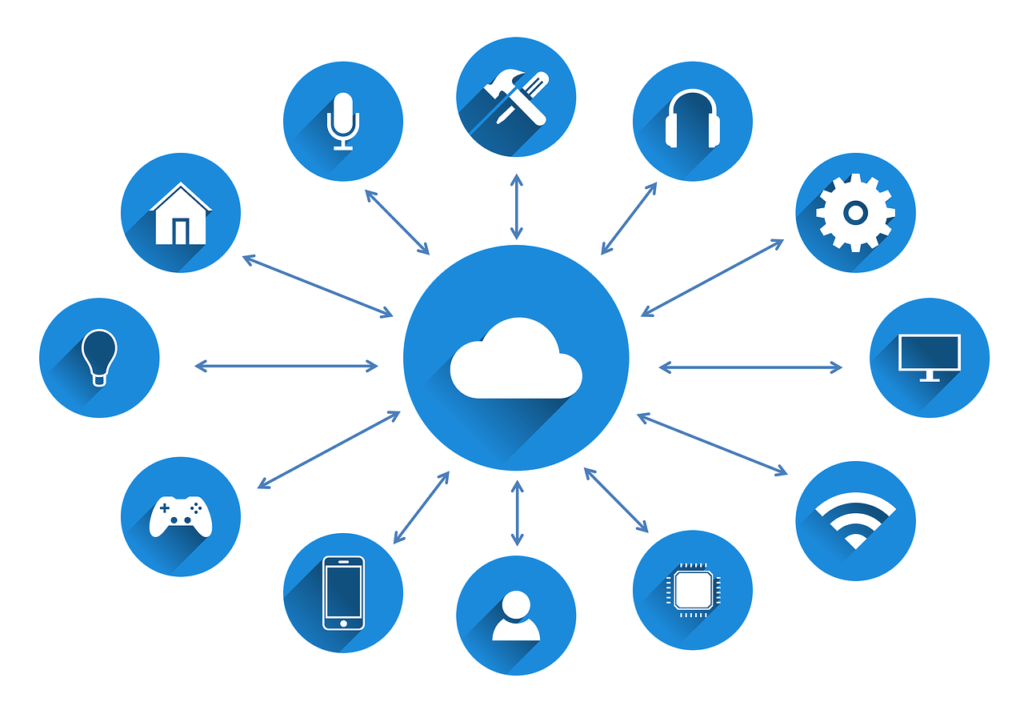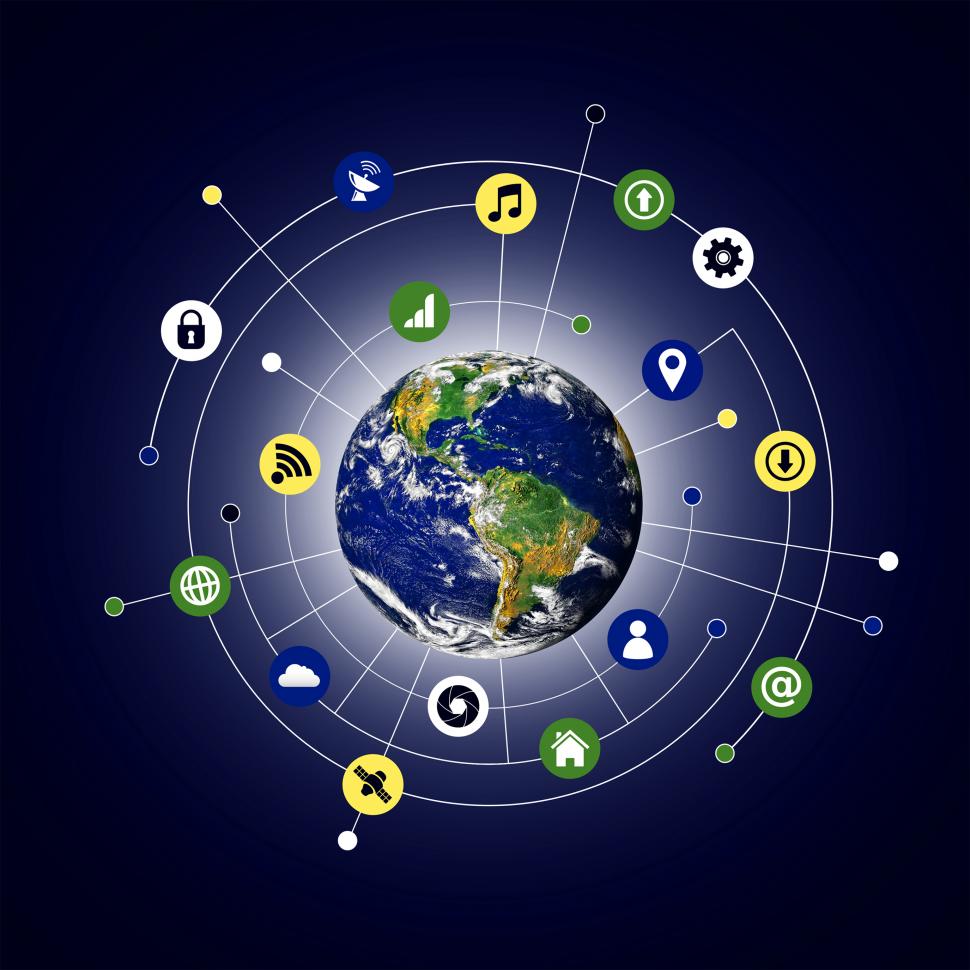One of the single biggest technology trends of the last several years has been the so-called IoT revolution. Manufacturers have been hard at work trying to improve all manner of devices by integrating some sort of connectivity option. Some devices really have been improved as a direct result of their Internet connectivity. My lawn sprinklers, for example, are connected to an online weather app and are able to determine how much water my lawn needs, based on how much rain has fallen recently. Other IoT devices are far more perplexing. Try as I might, I just can’t seem to wrap my head around the benefits of a WiFi-connected spoon.
I often hear people refer to IoT devices as “smart, connected devices.” While this description isn’t wrong, it completely overlooks the one thing that has made IoT such an overwhelming success — integration.
IoT: Putting the ‘I’ in interaction

IoT devices are most useful when they are able to interact with other devices. Let me give you an example. I live in the Deep South, and not surprisingly it tends to get really hot here during the summer. For the most part, this isn’t a problem because I really enjoy the hot weather. On the hottest days, however, the air conditioner isn’t always able to keep my office cool. My office is on the second floor of my home, which causes it to stay a bit warmer than the rooms on the first floor. It is also jam-packed with computers, each of which gives off a considerable amount of heat. Sometimes the AC just can’t keep up.
So with that in mind, think back to what I said a moment ago about IoT devices being most useful when they are able to interact with other devices. My air conditioner is controlled by a smart thermostat. When the temperature in my office gets warmer than the temperature that the thermostat is set on, my home automation system can respond by closing the blinds or turning on the ceiling fan.
Making IoT devices most useful
 My point is that having the ability to interact with other smart, connected IoT devices is the thing that makes the thermostat so useful. If it were not able to interact with these devices, the thermostat would be little more than just a fancy touch screen hanging on the wall.
My point is that having the ability to interact with other smart, connected IoT devices is the thing that makes the thermostat so useful. If it were not able to interact with these devices, the thermostat would be little more than just a fancy touch screen hanging on the wall.
The thing that has made IoT so successful is that the technology is so open-ended. With the right workflows and automations in place virtually any connected device can be made to work with practically any other connected device, even if those devices are completely unrelated to one another. This holds true both in the consumer world and in the world of industrial electronics.
When I first set out to integrate smart home technology into my house, one of the first things that I did was to replace all of the light switches with smart switches. As I worked through this process, I discovered that there was a light switch that didn’t actually connect to a light fixture. Apparently, the builder had wired the switch, and then forgotten to attach it to anything. Since there was electricity going to the switch, I went ahead and installed a smart switch in that spot as well, but I used the smart switch for something different than what you might expect.
Each night before bed, I flip the smart switch. Doing so launches an automation routine that locks all of the doors, closes the garage door (if it happens to be open), and then turns off all of the lights in the house.
My point is that the switch’s manufacturer presumably designed the switch for the purpose of turning lights on and off. Because very dissimilar IoT devices can be linked together through automated workflows, however, my switch is able to do something that is far more useful than merely turning off a single light. Once again, it is the IoT devices’ ability to interact with one another that makes them so useful.
IoT silos: An eventual situation?
Herein lies the problem. Well, it isn’t actually a problem yet, but the day may be coming. I’m talking about the creation of IoT silos — a situation in which IoT devices no longer play nice with one another.
The biggest reason why I am predicting the siloing of IoT is because of a larger trend that I am seeing in the world of tech; namely the creation of factions. Now obviously factions are nothing new to the tech community. There has been something of a rivalry between Windows and Mac fanboys for what seems like forever. Even when I was a kid, growing up in the 1980s, I remember friends having some knockdown, drag-out debates over whether the Commodore Amiga, the Apple 2GS, or the PC was the superior computing platform. So, tech factions are really nothing new, but the tech industry is starting to be divided in a way that I haven’t seen before.
I think that the most widely known example of this division is what’s currently going on with video streaming. Content providers such as Netflix, Hulu, and Disney are locked in a battle for market share, and it is becoming increasingly rare for content to be available on multiple streaming platforms. Most recently for example, Disney and Sony have been engaged in a dispute that will determine the fate of the Spider-man franchise. Similarly, Netflix has lost the show “Friends” to HBO Max, and lost other shows including “Parks and Recreation” and “The Office” to NBC Universal.
There is at least some evidence to suggest that the IoT market may soon see its own version of the streaming war, with providers trying to eliminate their competitors. Google, for example, has pulled the plug on its Works With Nest program and is trying to get consumers to switch to their Works With Google Assistant program instead. This decision is forcing customers to decide between keeping their existing Nest set up or switching to the Google platform. Neither decision is ideal. Staying with Nest means that devices will continue working for as long as they remain connected, but you won’t be able to connect any new devices. Switching to Google means potentially losing most of the functionality that drove people to purchase their devices in the first place.
So what happens now?
My guess is that IoT factions are here to stay, but things will eventually get a little bit better for consumers. In any market, regardless of what it may be, there is room for two dominant players and possibly some smaller players as well. Consider retail, for example. Target and Walmart are the dominant, general-purpose big box stores. When it comes to hardware, Lowe’s and Home Depot are dominant, although smaller stores such as Ace remain. The PC market is based around CPUs from Intel and AMD. I think that it is only a matter of time before the same thing happens to the IoT market.
Within a couple of years, we will likely see two major players (possibly Google and Amazon) dominate the IoT market. Both players will support a comparable set of devices and offer similar functionality, but the devices that work with one platform are likely to be completely incompatible with the other.
Featured image: Shutterstock



